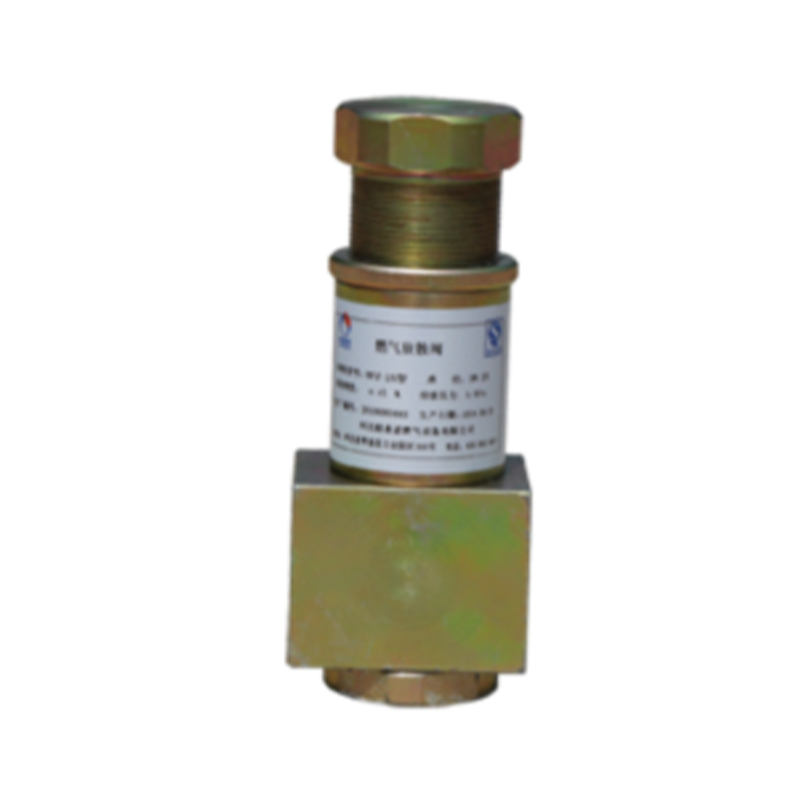
8 月 . 15, 2024 02:39
Back to list
Understanding the Importance of Relief Valves in Maintaining Safety and Efficiency in Industrial Applications
Understanding Relief Valves Essential Components for Safety and Performance
Relief valves play a crucial role in various industrial applications, ensuring the safe operation of equipment and protecting systems from overpressure conditions. These devices are vital in managing pressure within systems, including boilers, compressors, and pipelines, to prevent catastrophic failures that could endanger personnel, equipment, and the environment.
A relief valve is designed to open automatically at a predetermined pressure to release excess fluid, thereby preventing pressures from reaching dangerous levels. Once the pressure drops back to a safe level, the valve closes, ensuring the system can operate normally. This automatic operation is essential; a manual intervention could lead to catastrophic consequences if a sudden surge in pressure occurs.
There are several types of relief valves, each designed for specific applications. The most common types include spring-loaded relief valves, pilot-operated relief valves, and safety valves. Spring-loaded relief valves use a spring mechanism to keep the valve closed until the internal pressure exceeds the spring’s pressure setting. On the other hand, pilot-operated relief valves utilize a smaller pilot valve to control a larger main valve, allowing for more precise pressure control and a wider range of applications.
One of the critical considerations in selecting a relief valve is understanding the specific requirements of the system in which it will be installed
. Factors such as the type of fluid (gas or liquid), operating temperature, maximum allowable working pressure (MAWP), and potential for pressure surges must all be considered. Additionally, it's essential to adhere to industry standards and codes, such as the American Society of Mechanical Engineers (ASME) standards, to ensure compliance and safety.relief valve

Proper installation and maintenance of relief valves are just as important as their design. Regular testing and inspection are crucial to ensure that the valves function correctly and can respond promptly to pressure surges. Common practices include checking the valve for leaks, ensuring that the seating surfaces are intact, and testing the valve's response to overpressure conditions. Effective maintenance can significantly extend the lifespan of a relief valve and ensure the safety and reliability of the entire system.
In recent years, advancements in technology have led to the development of digital and smart relief valves, which offer enhanced monitoring and control capabilities. These modern solutions can provide real-time data on valve performance, pressure levels, and system conditions, allowing operators to make informed decisions and improvements to their processes. The integration of smart technology into relief valves is a significant step towards more efficient and safer industrial operations.
The importance of relief valves cannot be overstated. They are not just regulatory requirements; they are essential safety components that protect both personnel and equipment. Without adequate pressure relief mechanisms, systems can experience dangerous conditions that could lead to explosions, equipment failure, or environmental disasters.
In conclusion, relief valves are indispensable components in various industrial applications, ensuring safe and efficient operations. Their ability to manage pressure and protect systems from overpressure conditions is critical in preventing failures and ensuring regulatory compliance. As technology continues to evolve, the future of relief valves looks promising, with smart solutions poised to enhance safety and performance in the industrial sector. Understanding their operation, selection, installation, and maintenance is vital for any professional working in industries that rely on these critical safety devices.
Latest news
-
Unlocking The Quality Gas Pressure ReducersNewsNov.01,2024
-
The Role of Gas Pressure Reducing StationsNewsNov.01,2024
-
The Importance and Functionality of Safety Relief ValvesNewsNov.01,2024
-
The Essential Role of Safety Valves in Natural Gas ApplicationsNewsNov.01,2024
-
The Essential Role of Gas Pressure RegulatorsNewsNov.01,2024
-
Enhance Your Premium Gas FiltersNewsNov.01,2024

